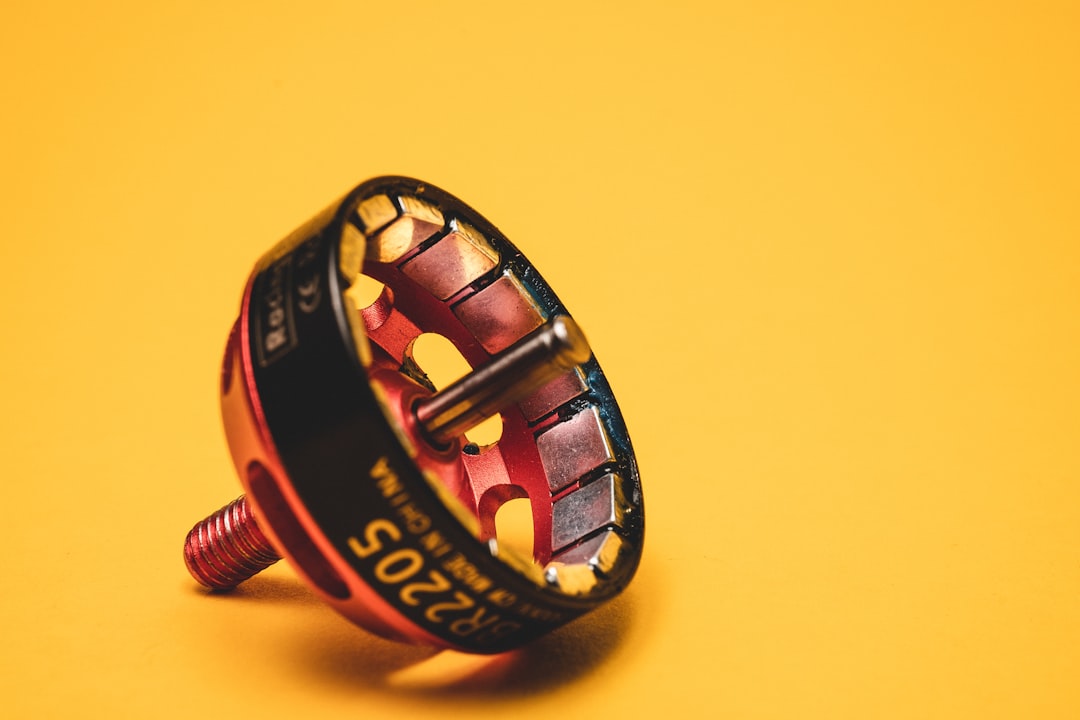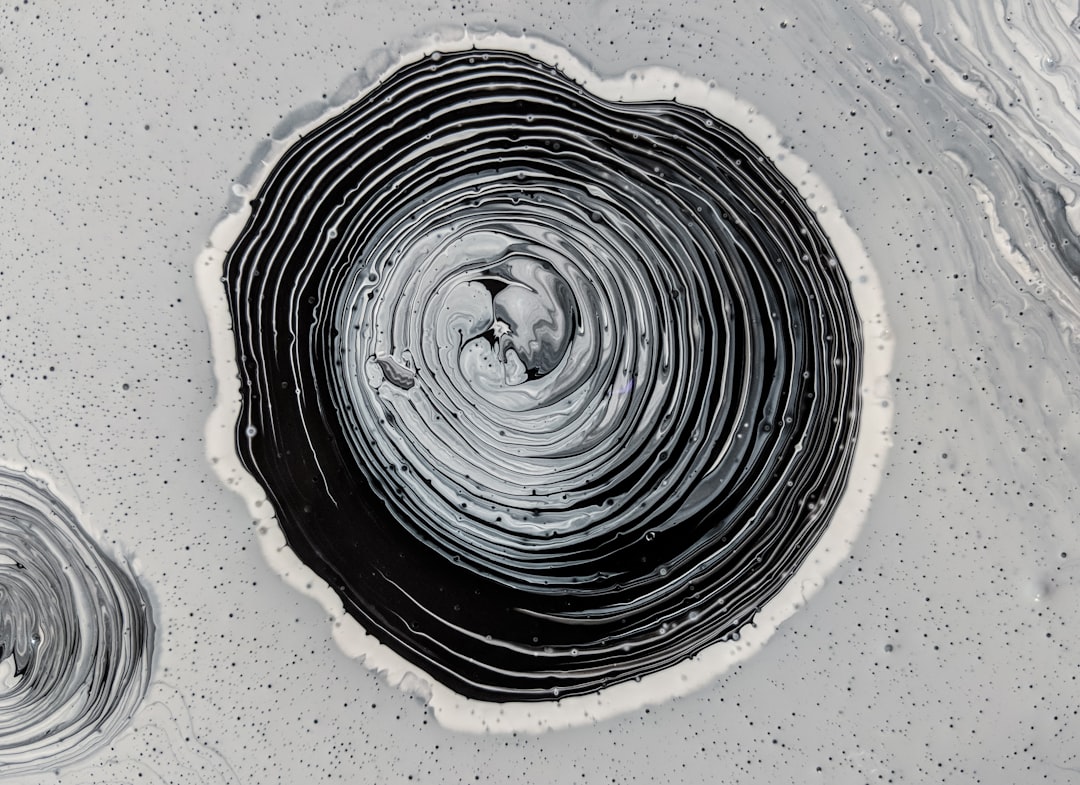What is it about?
Silicon nanocrystals are non-toxic and emit efficient photoluminescence which depends on the nanocrystal size due to the quantum confinement effect. The two-photon absorption cross section of silicon nanocrystals are measured using an absolute and indirect method by monitoring the photoluminescence dependence on incident pulse energy at an excitation wavelength of 800 nm. Biological imaging of silicon nanocrystals incubated in mouse cells is also demonstrated using one-photon and two-photon confocal microscopy.
Featured Image

Photo by Dan Dennis on Unsplash
Why is it important?
The non-toxic and photoluminescent properties of silicon nanocrystals make them potential candidates for in-vivo biological imaging. We measure the strength of the two-photon absorption cross section, a channel of excitation by which infrared, rather than visible or ultraviolet, light can be used enabling deeper penetration depth. In addition, two-photon confocal microscopy can give greater depth resolution due to strong excitation occurring only in the focal volume.
Perspectives
It was a pleasure to work with my co-authors in the chemical engineering department at the University of Texas at Austin on this article. This article was submitted to Phys. Status Solidi B in a call for papers related to the Optics of Surfaces and Interfaces 11 conference at Trinity College in Dublin, Ireland.
Dr. Brandon Joseph Furey
Universitat Innsbruck
Read the Original
This page is a summary of: Measurement of Two-Photon Absorption of Silicon Nanocrystals in Colloidal Suspension for Bio-Imaging Applications, physica status solidi (b), January 2018, Wiley,
DOI: 10.1002/pssb.201700501.
You can read the full text:
Contributors
The following have contributed to this page










